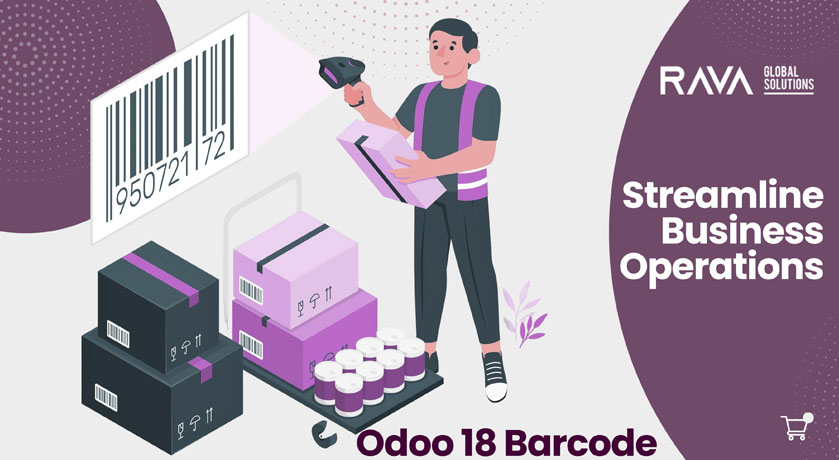Introduction:
Anypoint Monitoring in Anypoint platform provides visibility in to integrations across your app network. These monitoring tools provide feedback from Mule flows and components in your app network.
The monitoring tools are designed to reduce the time to identify and resolve these issues through aggregated metrics, data visualization tools, alerts for issues, and a log aggregation system.
Advantages of Anypoint monitoring:
There are some advantages of using MuleSoft Anypoint monitoring. It helps to provide auto generated logs to find any failure or error in very fine granular level, for example in the connector level, which helps to reduce the mean time for a failure identification. It is also used to enhance the performance by doing a scaling which can be horizontal or vertical and can also provide alerts. The options available in MuleSoft Anypoint monitoring are: Built in Dashboards, Custom Dashboards, Alerts and Functional Monitoring.
Anypoint platform subscription:
There are different subscriptions for MuleSoft Anypoint platforms like Platinum, Gold, Titanium.

Reports are generally used to give a report analysis of a running application which shows options or tabs like requests, performance. Failures, CPU Utilization, Memory Utilization as shown below:

All these tabs will be present for a CloudHub deployment and may not be present for a hybrid/standalone since the infrastructure is maintained by the individual stand alone system or the hybrid system. In the above image, those are the applications deployed in CloudHub in the sandbox environment, request volume is the number of requests received from each application and successful requests are also provided.
Performance tab gives the performance in response time as shown:

Details on number of failed requests in an application as shown:

CPU Utilization reports are as follows:

Memory Utilization reports are :

Log Management:
This option is used to troubleshoot, query and filter logs which also log search to find to any particular failures or bugs in an application through logs
Log Search:

We can filter based on time and get a list of failures in that particular time span of an application. Log search also makes it simpler to search for only particular error logs based on our needs.
Log Point
This is another feature available in log management where we can apply logging on a particular connector. There are different levels of logging available that are applicable to each connector. They are DEBUG, INFO, WARN, ERROR.

All the packages we add here will be reflected in the runtime manager.
Raw Data
Helps to download the logs of an application in our environment with date specified. Data retention depends on the subscription of our anypoint platform.
Built-in Dashboards:
Default dashboard by MuleSoft Anypoint platform which generally gives the status or metrics of performance of our application.

example of an application is as shown below:

Graphical representation of inbound and outbound responses. Inbound tab gives details of the time for responses including failed inbound responses. Outbound tab is similar to inbound tab. Similarly connectors tab shows any failure in connectors. Performance tab shows the CPU Utilization, the number of mule messages, average response time. Failure tab shows the inbound and outbound failures with respect to endpoint.
Custom Dashboards:
Here we create dashboards of our choice with metrics that we want to define. Creation of a custom dashboard is as shown below:

To create a new dashboard, click on the +New Dashboard button as shown below:

edit the dashboard by clicking on the pencil on the top right near to the
New-Dashboard.

Alerts:
Implement any of several types of alerts. From the Alerts page in Anypoint Monitoring, you can create basic alerts or you can link to existing alerts for API Manager and Anypoint Runtime Manager. If you have a Titanium subscription, you can also view, enable, and disable advanced alerts that are configured for graphs in custom dashboards. Alerts indicate whether a resource (such as a Mule app) is behaving as expected or exceeding a defined threshold. Alert is literally an early notification about something related to our application. There are two types of alerts for anypoint monitoring:
Basic Alerts: Up to 50 basic alerts for users who do not have a Titanium subscription to Anypoint Platform. If you have a Titanium subscription, the limit is 100 basic alerts, and the limits increase as you purchase more vCores.

Advanced Alerts: Limit per organisation is Up to 20 advanced alerts. Can be seen only for titanium subscription.

Email regarding an alert response is as shown below:









